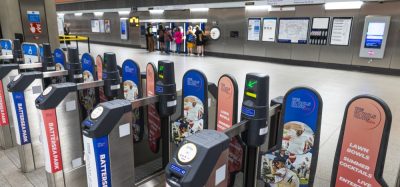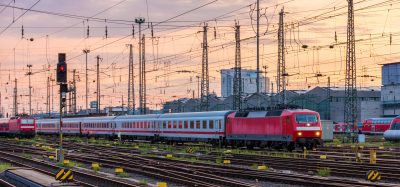Beyond comfort: The evolution of railway interior design
Posted: 4 June 2025 | Elizabeth Jordan | No comments yet
Gone are the days of purely aesthetic train cabins. Today’s rail interior design is a complex blend of sustainability, accessibility and cutting‑edge technology, all aimed at maximising the passenger experience. Elizabeth Jordan had the honour of judging for the Rail Interior Awards 2024.
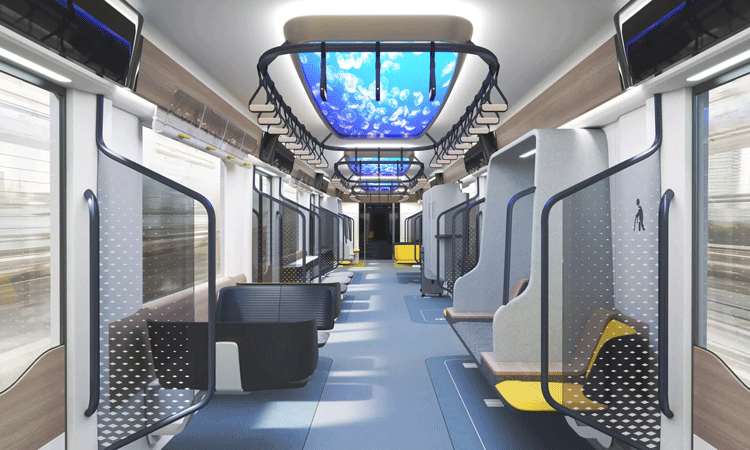

Traditionally, innovation in the railway sector has focused on enhancing the design, aesthetics and comfort of railway cabins to primarily improve passenger safety and satisfaction. However, evolving passenger expectations and industry trends in the modern age has reshaped this perspective. There is now a growing demand for a more comprehensive approach that seamlessly integrates sustainability, accessibility and new technologies into railway interiors, thereby maximising the passenger experience.
With evolving customer expectations increasingly influencing strategic decisions, railway industry leaders must redefine innovation and how it applies to railway cabins and interiors. This means adopting a holistic perspective that addresses all touchpoints of the passenger journey while tailoring cabin features to meet individual and diverse needs and expectations.
Leading transport summit pioneer, RedCabin, in partnership with the Rail Interiors Show from Mark Allen Group, announced the results of the Rail Interiors Awards as part of the RedCabin rail summit in Essen, Germany in November 2024. The Rail Interiors Awards celebrate both excellence and innovation, with an expert jury judging each concept against strict criteria.
Join our free webinar: Rail cyber-security in a time of technological and regulatory transformation
Join our expert panel, including speakers from Nokia and Siemens Mobility, to explore the critical convergence of cybersecurity and 5G rail comms.
Date: 3 Dec | Time: 15:00 GMT
Can’t attend live? No worries – register to receive the recording post-event.
‘Innovation’ in the new digital age
Decision-makers are gradually shifting from a rudimentary outlook on innovation – addressing form and function to a more personalised approach.
The merging of emerging technologies and passenger expectations has reshaped the meaning of ‘innovation’ in the 21st century. As customer demands continue to evolve, decision-makers are gradually shifting from a rudimentary outlook on innovation – addressing form and function to a more personalised approach with comfort at its heart. Modern pain points like sustainability, accessibility and inclusivity have also influenced cabin designs, prompting railway operators and manufacturers to reconsider what modern day cabin innovation should look like, as evidenced by the award winners.
This includes solutions like Luna Rail’s hotel and seat pods, which are designed to enhance comfort and privacy for night train passengers. Both designs aim to optimise space usage, representing the future of night train travel. With the hotel providing a cosy room-like experience and the seats serving as the more compact option, passengers can achieve both flexibility and relaxation when travelling. Night trains are nothing new but innovations such as the Luna Rail are driving the revival of this mode of rail travel.
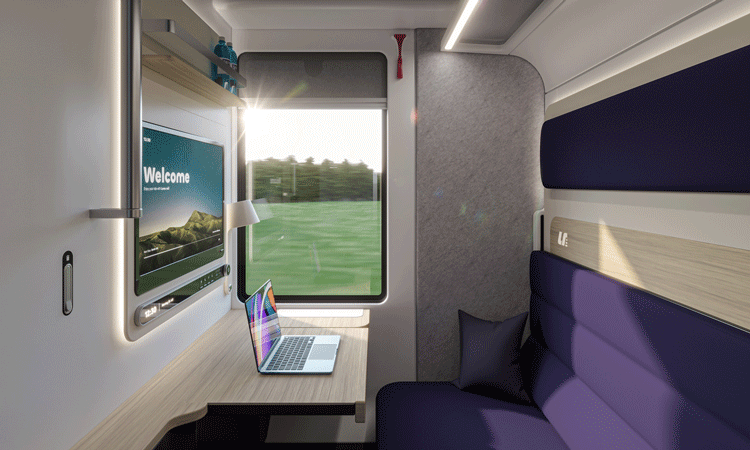

Luna Rail’s hotel and seat pods are designed to enhance comfort and privacy for night train passengers.
Technological advancements like AI, IoT and predictive maintenance have also recently emerged as key tools in the rail sector arsenal. By leveraging advanced technologies, railway manufacturers can effectively optimise operations, enhance safety and improve passenger experiences. As technology continues to reshape perceptions and possibilities, harnessing new and developing technologies could be key to making rail travel more efficient and lucrative.
Onboard technology like display systems play a big part in this, with ACTIA and Eyelights developing a high brightness compact projector as an alternative to conventional onboard monitors. Taking home the Technological Innovation of the Year award, the technology not only simplifies installation but also consumes less energy than traditional screens.
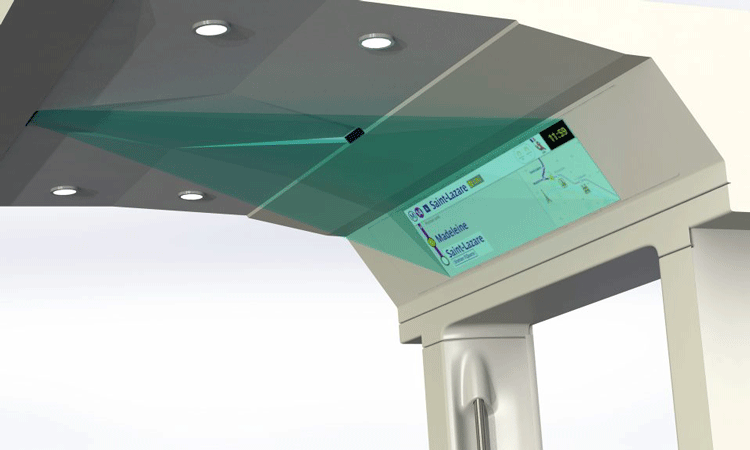

Actia World innovation: ACTIA and Eyelights have developed a high brightness compact projector as an alternative to conventional onboard monitors.
Sustainability and other trends
There are several trends and developments that the railway industry must factor in when creating innovative concepts for cabins today. Sustainability has emerged as a focal point on the corporate agenda, with increasing pressures to reduce carbon emissions, utilise sustainable materials and adopt greener practices.
The European Union’s Green Deal objectives to achieve carbon neutrality by 2050 is an example of this – compelling railway companies to incorporate energy efficient systems like zero emission powertrains. With rigorous sustainability frameworks now in place, railway operators must consider increasing their uptake of aerodynamic cabins and other energy-saving devices. Integrating recycled and lightweight materials in innovative seating and flooring designs can also be utilised to drive the sustainability agenda forward. Alstom’s Coradia iLint has paved the way in this aspect, producing the world’s first hydrogen-powered train which significantly reduces emissions.
The industry is on the cusp of a new generation of rail innovation.
It’s fair to say that the industry is on the cusp of a new generation of rail innovation with sustainability a key consideration, alongside passenger comfort and control. As rail continues to embrace new designs, technologies and practices, the sector is setting new standards for what excellence looks like.
From the awards, innovative design and technology and a shared focus of delivering the best passenger experience showcased Škoda Group’s ForCity Smarty Bonn tram. Integrating advanced safety, ergonomic features and accessibility, the tram delivers spacious interiors and durable seating to provide a comfortable and modern transit experience.
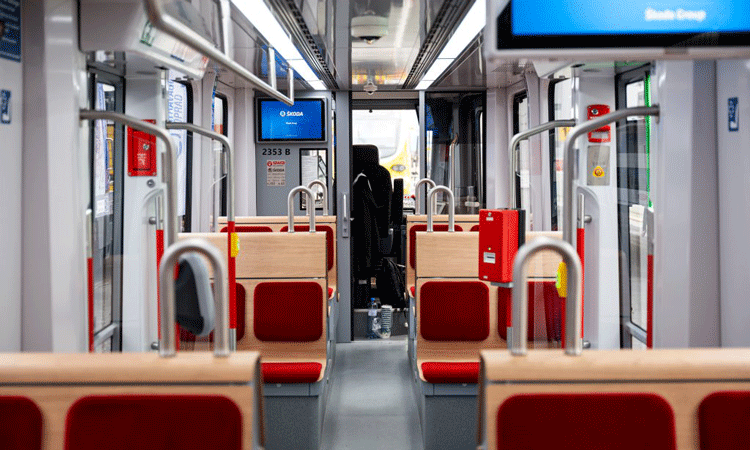

Škoda Group’s ForCity Smarty Bonn tram integrates advanced safety, ergonomic features and accessibility.
Inclusivity is paramount
Developing accessibility is another critical trend, driven by regulatory requirements and a growing recognition of the need for inclusive travel options. The EU’s TSI-PRM (Technical Specifications for Interoperability for Persons with Reduced Mobility) mandates that new trains accommodate passengers with disabilities. As the conversation around accessibility grows, railway operators must utilise innovative strategies to make travel more inclusive. By integrating features like low-floor designs, audio‑visual information systems and dedicated spaces for wheelchairs, operators can ensure that cabins are inclusive and cater to a wider demographic of passengers.
Additionally, the railway industry faces the ongoing challenge of balancing innovation with cost effectiveness, ensuring that improvements do not disproportionately increase travel costs. Aligning innovative designs and ideas with safety standards and authority guidelines also presents barriers that must be navigated carefully. By consistently addressing the various hurdles hindering innovation, railway operators, manufacturers and stakeholders can successfully optimise railway cabins, ensuring that both current and future challenges are met.
With one in four people in Europe having some form of disability, the requirement to update cabins is clear. Dedicated accessible storage, more accessible lavatories and the greater use of display and audio technology to create announcements that everyone can gain access to were highlighted as industry priorities.
To address such challenges and improve the experience of all passengers, the rail industry will continue to reassess how passengers interact with the cabin. This is also perhaps the only way the industry will be able to make the changes that, overall, make a substantial difference to the passenger experience.
With comfort always front of mind, the winner of Rail Cabin of the Year, ÖBB NightJet Sleeper trains, enable passengers to travel across multiple European cities overnight without sacrificing safety or comfort. With modern features and individualised spaces, such as the sleeper car, the train makes the journey even more pleasant for its passengers regardless of their needs.
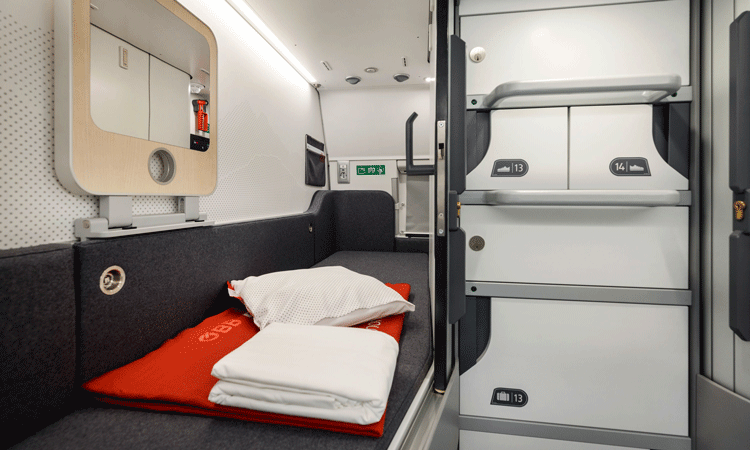

ÖBB’s NightJet Sleeper trains, enable passengers to travel across multiple European cities overnight without sacrificing safety or comfort and won Cabin of the Year 2024.
Fostering collaboration for fuel
To further elevate innovation in the railway sector, key decision makers must embrace the concept of collaborative ecosystems. A collaborative approach can help foster partnerships, improve relationships and establish open communication lines between railway operators, manufacturers, technology providers and passengers. Through collaboration, railway leaders can leverage a diverse range of insights, expertise and resources to drive comprehensive and impactful innovations.
By fostering a culture of collaboration and partnership, the railway industry can create a dynamic and resilient innovation ecosystem.
By fostering a culture of collaboration and partnership, the railway industry can create a dynamic and resilient innovation ecosystem. This will not only address current challenges but also pave the way for continuous improvement and adaptation, ensuring the industry remains at the forefront of technological and operational excellence.
A partnership between Recaro, tangerine and Umlaut saw the creation of a multi-class seating concept that offers excellent levels of ergonomics and a modular design for cost efficiency, offering enhanced privacy. Taking home the award for Project Collaboration of the Year, the combined experience from each organisation aims to set new standards in passenger comfort and operational efficiency for long distance rail travel.
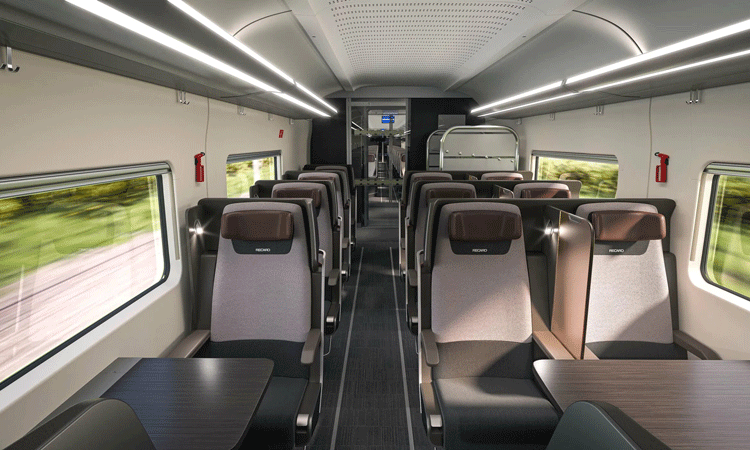

Recaro partnered with tangerine and Umlaut to create a multi-class seating concept that offers a modular design for cost efficiency and enhanced privacy.
Addressing the issue
As the railway industry adapts to these emerging trends, ‘innovation’ can no longer be confined to performance and design excellence. Instead, it must address pressing contemporary issues, ensuring that railway cabins are sustainable, inclusive and equipped with cutting-edge technology to satisfy the next generation of travellers.
Awarded for its collaboration on their AT-Flex – Visions of the Future project, Hitachi and N+P Innovation Design GmbH came together to create a comfortable and personalised train commuting experience through its modular interior design for commuter trains of the future.
Concepts like this allow for a more personalised experience, with features like flexible interior layouts, adaptability for different requirements and luggage allowances.
Innovation in railway interiors will always need to cater to the passenger experience, but there will always be a compromise between investment in passenger experience and the consequent increased cost of travel. It is clear that innovation is still a huge part of the industry as reflected in the solutions being created to solve and improve ongoing pain points.
Sustainability, personalisation and accessibility driven by technological advancements and changing passenger expectations are making rail travel more comfortable, environmentally friendly and accessible, solidifying rail as the preferred mode of transport for passengers seeking convenient and sustainable transport options worldwide.
OUT NOW: The Definitive Guide to Rail’s Digital Future
The rail industry is undergoing a digital revolution, and you need to be ready. We have released our latest market report, “Track Insight: Digitalisation.”
This is not just another report; it’s your comprehensive guide to understanding and leveraging the profound technological shifts reshaping our industry. We move beyond the buzzwords to show you the tangible realities of AI, IoT, and advanced data analytics in rail.
Discover how to:
- Optimise operations and maintenance with real-time insights.
- Enhance passenger services through seamless, high-speed connectivity.
- Leverage technologies like LEO satellites to improve safety and efficiency.
Featuring expert analysis from leaders at Nomad Digital, Lucchini RS, Bentley Systems and more, this is a must-read for any rail professional.




